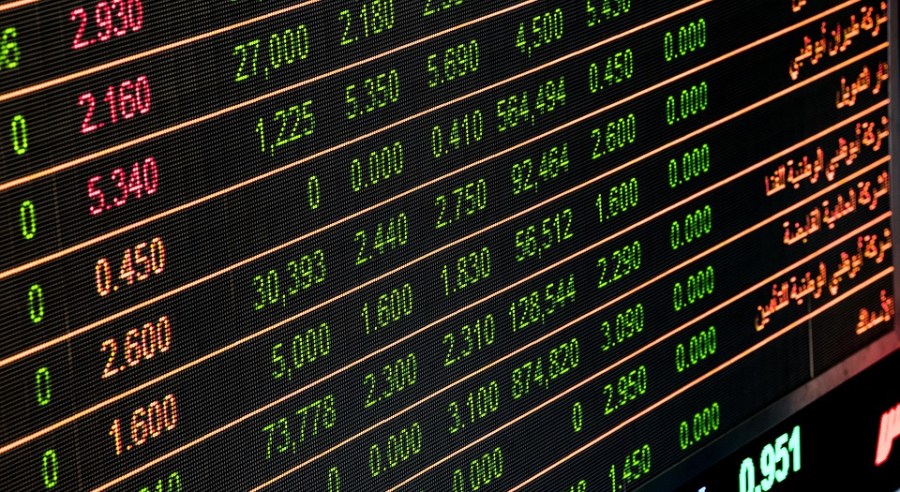
Exchange Traded Funds, or ETFs, have been getting a lot of attention lately. At first glance, they seem very similar to mutual funds; they contain a variety of investments, and the returns are based on how that mix does. However, there are some important differences as well. Above all, they are easy to buy and sell, whereas most mutual fund investments require that you hold them for a period of time or pay additional fees.
Are ETF investments right for you? Learn more below.
What Do ETFs Invest In?
What are ETF investments? Many ETFs are set up to track a specific stock index, such as the S&P 500. These ETFs are said to “track” that index. Some of the best index ETF funds are SPDR S&P 500 and the SPDR Dow Jones Industrial Average.
There are also ETFs that invest in specific commodities, like steel, oil and other goods. You can use ETFs to invest in currencies, bonds and many other assets. There are ETF energy funds, ETF REIT funds, balanced ETF funds and more.
An ETF owns the underlying assets and then breaks that ownership up into shares. These shares are traded on a stock exchange by individual investors. The buying and selling of ETF shares does not change the underlying assets that are held.
You can find a list of ETF funds on any market index site, such as NASDAQ or the S&P.
Why Invest in an ETF?
There are three primary reasons why someone might buy ETF shares. First, ETFs have tax advantages over mutual funds. When you sell mutual fund shares, you can have a tax liability. Because ETFs are traded on an exchange rather than bought and sold by a fund owner, the tax liability isn’t triggered when you sell.
Secondly, the cost of ETF shares are lower than mutual funds, even the passive index ones. The average passively indexed stock mutual fund had an expense ratio of .59% in 2016, while ETF tracking indexes had expense ratios near .10%.
Finally, an ETF is much more liquid than a mutual fund. When you buy into a mutual fund, you often have to hold that share for a specific period of time before you can sell it without destabilizing the fund or causing additional fees. An ETF share does not have those restrictions.
Disadvantages of ETF Shares
ETFs that track a stock index are well-diversified, but many other ETFs are not. If you buy a share that’s focused on oil or technology, even a short-term crash in that sector can hurt you financially. Because so many are narrowly focused, they can cause artificial inflation, or bubbles in the markets, if they get hot for a period of time. Finally, actively managed ETF funds might use strategies that are unproven over time, which means a change in market conditions can cause a significant loss in value.
How to Buy ETFs
Looking for “ETF investing for dummies?” If you are interested in researching ETFs and buying some shares, it’s relatively easy for an individual investor to do. Investing in ETF funds is as simply as using an online brokerage or a traditional broker. You can buy as little as one share, and you may also be able to buy on margin or even short an EFT, if you think it’s wise. You can also get involved in an ultra-short U.S. dollar ETF.
You can use ETFs to gain access to sectors you may not be able to afford to buy into traditionally, or to invest in foreign markets, such as through Canadian or Chinese ETF funds. You can also use them as a lower-cost and tax-efficient way to track market indexes. Try moving in and out of markets quickly to catch swings, or buy and hold as a way to gain income from a bond ETF or increased value from a stock ETF. Whatever investment style you’re looking for, ETF trading is worth considering.





